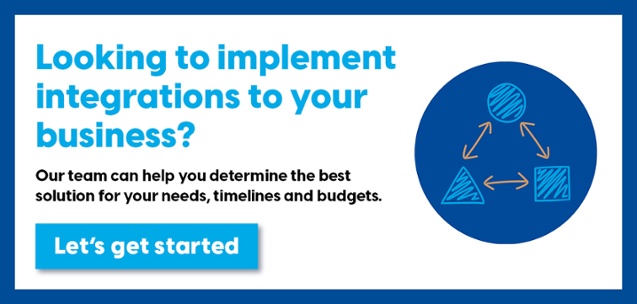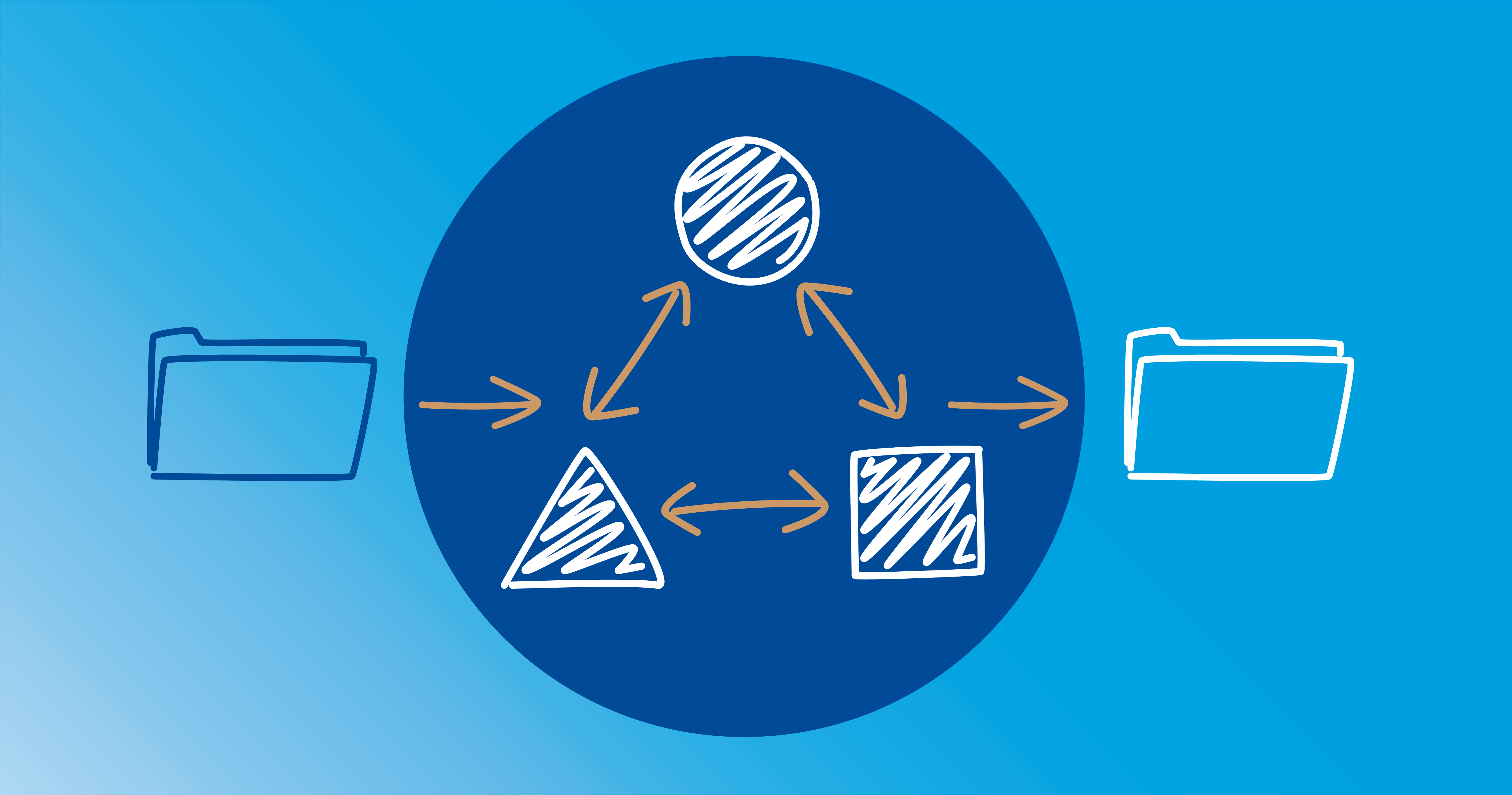
How do you align your business software? Use integrations.
Integrations help connect your business platforms together. Every business has a various amount of tech, software or platforms they use to complete every day tasks. Connecting these platforms together to form a single source of truth allows you to collect reliable data and improve operational efficiency.
This article explains everything you need to know about integrations - without overcomplicating things.
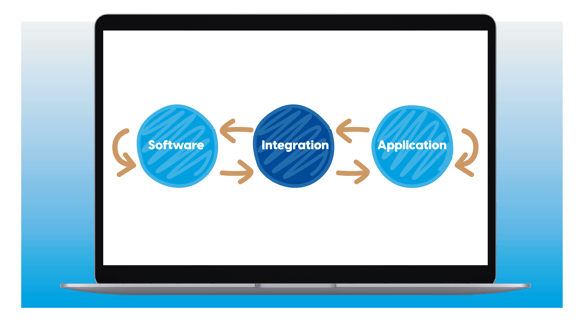 So, first off:
So, first off:
...What are integrations?
Integrations are used to connect two systems together. Syncing your data across your platforms allows you to have accurate information and make stronger business decisions. This is great for scaling businesses and those who use multiple tools and technology throughout their processes.
Integrations help enhance your softwares capabilities by adding new functionality - without requiring you to buy new software altogether. This means you can still use all of the systems you currently have whilst connecting all your data sources together to have better reporting and clean business insights.
Integrations can be complex and very much depend on your own business needs. There are often off the shelf solutions that allow you to have a one size fits all approach. Although, in some cases you may need bespoke technology development to provide customised solutions that fulfil your needs.
There are 3 main types of business system integrations
(all of these relate to the HubSpot ecosystem of integrations)
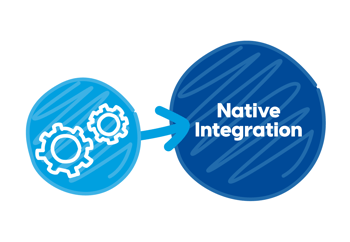
Native integration (also known as first party integration) means the integration has been created by the original owner of the software - built with certain requirements and specifications. These can be quite specific and aren't usually capable of being modified.
When you're using a Native integration you need to check it will suit your business needs accurately as you typically can’t change how the integration operates. This is usually found in a closed ecosystem and is found in app marketplaces.
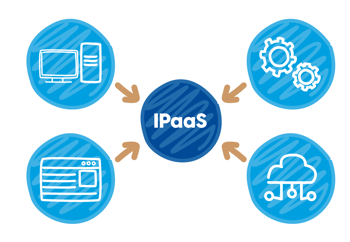 Integration Platforms as a Service (IPaaS)
Integration Platforms as a Service (IPaaS)
IPaaS (often referred to as a Connector) allows you to connect systems together via pre-built triggers and actions over their public API’s. Connectors can be easier to manage and are typically codeless (eg. Zapier).
With connectors, anyone can set up an account but they can come with some limitations. They can have higher prices and restrict your usage of the tool - which makes the subscription based solutions not as reliable. Connectors are usually made with one-way synchronisation therefore, they can have restrictions on the actions you can take. They can also be difficult to troubleshoot.
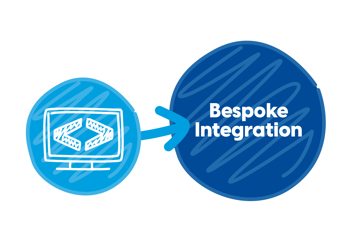 Bespoke Integration Development
Bespoke Integration Development
Utilising a custom built integration allows you to have full control over how the integration functions. This ensures complete compatibility and better functionality in your tech stack. You would need to hire a specialist or to deploy a development agency to set this up. However, this solution offers longevity and unique capabilities compared to the ‘one size fits all’ approach.
Things to consider before you embark on implementing an integration:
- Integrations are not always easy to implement.
- It is the process of combining two pieces of software that aren't related to each other to communicate with either one-way or two-way processes. Integrations can be necessary in order to get the most out of your tech stack and collect well-rounded accurate data, but the road to get there isn't always straightforward.
Does your system have a public API?
An API (application programming interface) is a way for two or more programs to communicate with each other. For an integration to function, your business system will require an API, ideally, a public one.
Not all business systems allow you to share your data with other platforms. It’s worth checking on the business system’s websites you wish to integrate between and look for terms like “API”, “Developers” “API Documentation". Finding this is often a good sign that they support a public API. You can also reach out to their support team to determine whether or not this is possible.
What data needs to be shared?
When considering what data needs to be shared across platforms. It’s important to be as specific as possible to avoid any complications down the track. This often means mapping the exact records and attributes from one system to another. It can be a time-consuming process but it is vital to the success of a project.
 The direction of data and your unique business rules
The direction of data and your unique business rules
Data sync operates in two forms, one-way and two-way synchronisation. This is how your data moves from one platform to the other and determines which platform should receive the data or which platform should be giving data.
From there, you can build a tech stack that enhances your current platforms and gives you better insights for reporting.
One-way data integrations are far less complicated than two-way integrations. Business rules are easier to understand with one-way synchronisation, it’s often challenging to understand two-way business processes and how to manage data flow in these systems.
The benefits of integrations
Integrations help you to eliminate errors in your data and processes. It offers better reporting and visibility across your pipelines, leading to increased sales and revenue. Streamlined processes offer end-to-end visibility, which leads to better business decisions. Increasing the functionality of your current software through integrations allows you to save on costs and minimises the time spent jumping across multiple applications. Implementing integrations can drastically change the level of efficiency in your processes, which ultimately leads to time saved on mundane tasks and increases revenue across all business departments.
Your Budget
As mentioned above, the options available to you vary both on complexity and pricing. If your marketing or operations budget is at a minimum, a native or IPaaS may be your only option. If it’s mission critical your systems speak to one another and nothing yet exists, custom development may be your only option. Custom integration prices depend on the complexity and data direction of the integration and will vary for every individual use case.
Don't stop now. Keep learning
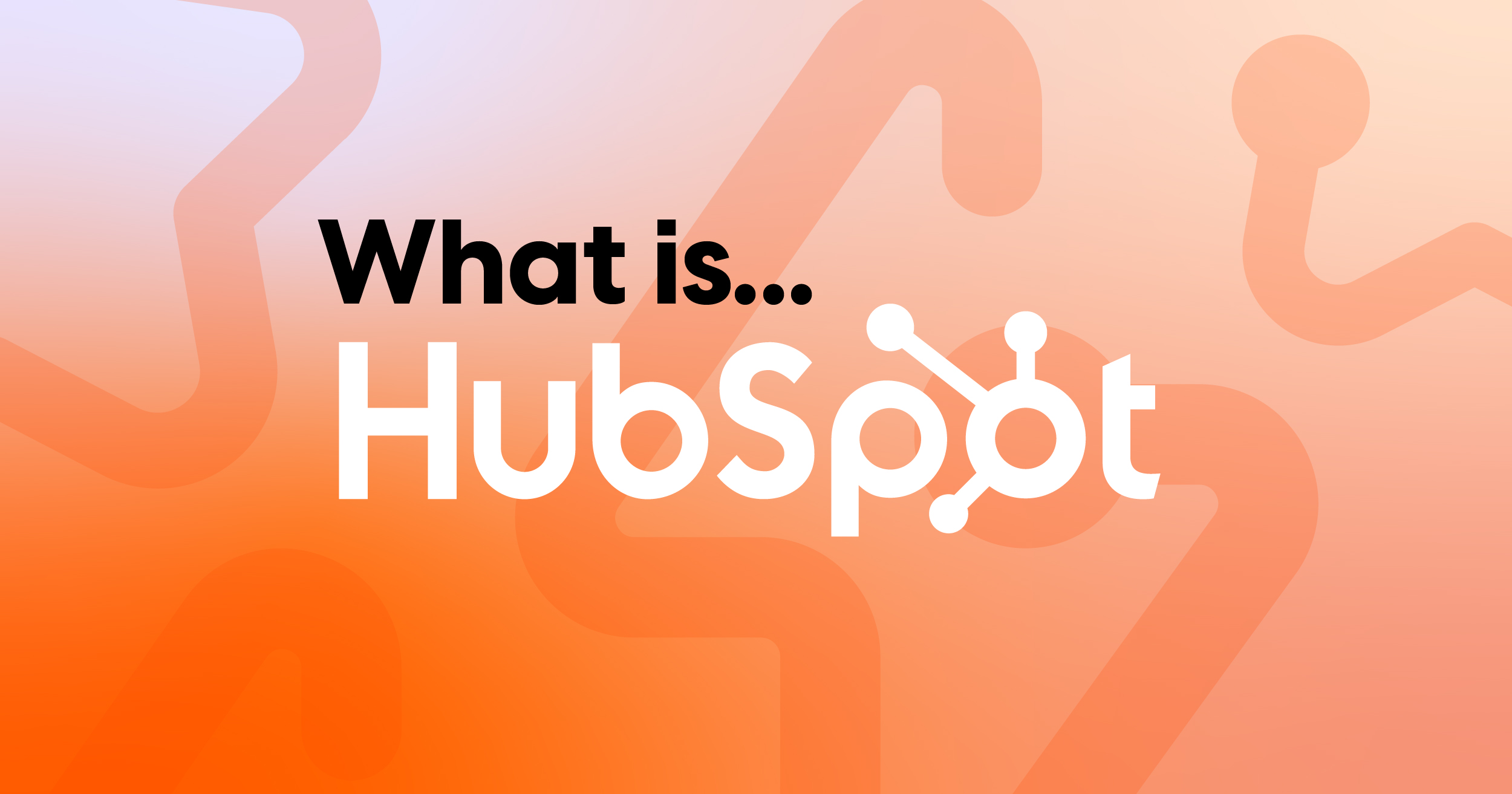 What is HubSpot? A Complete Guide for Enterprise Businesses
If you’ve ever felt like your marketing, sales and service tools are scattered across too many...
What is HubSpot? A Complete Guide for Enterprise Businesses
If you’ve ever felt like your marketing, sales and service tools are scattered across too many...
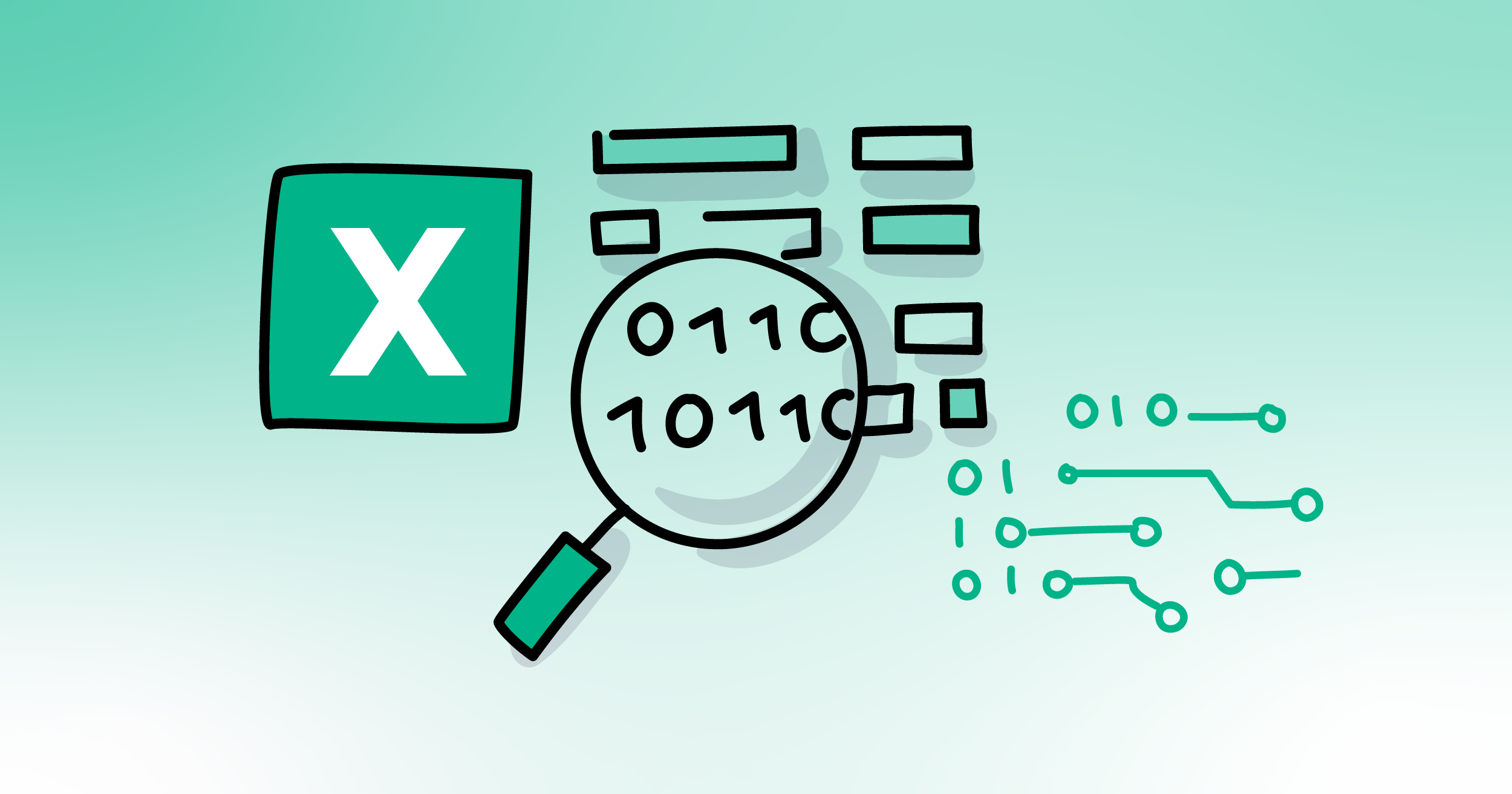 How to clean data in Excel before Switching CRMs
Excel can be a powerful tool for cleaning data before migrating to a CRM system. Many businesses...
How to clean data in Excel before Switching CRMs
Excel can be a powerful tool for cleaning data before migrating to a CRM system. Many businesses...
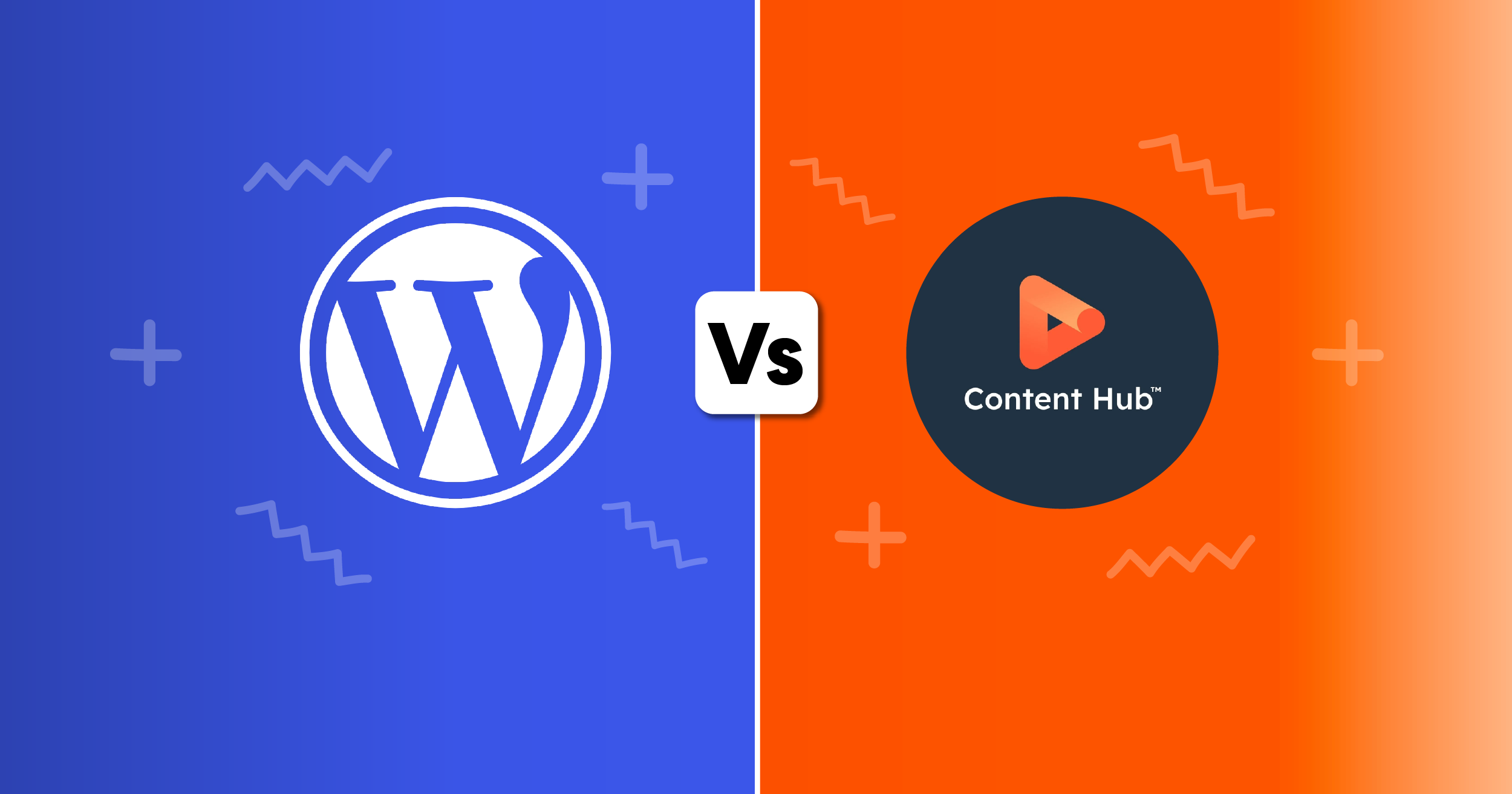 WordPress vs Content Hub (HubSpot)
How to pick the right platform for your business: Both WordPress and Content Hub are powerful...
WordPress vs Content Hub (HubSpot)
How to pick the right platform for your business: Both WordPress and Content Hub are powerful...



